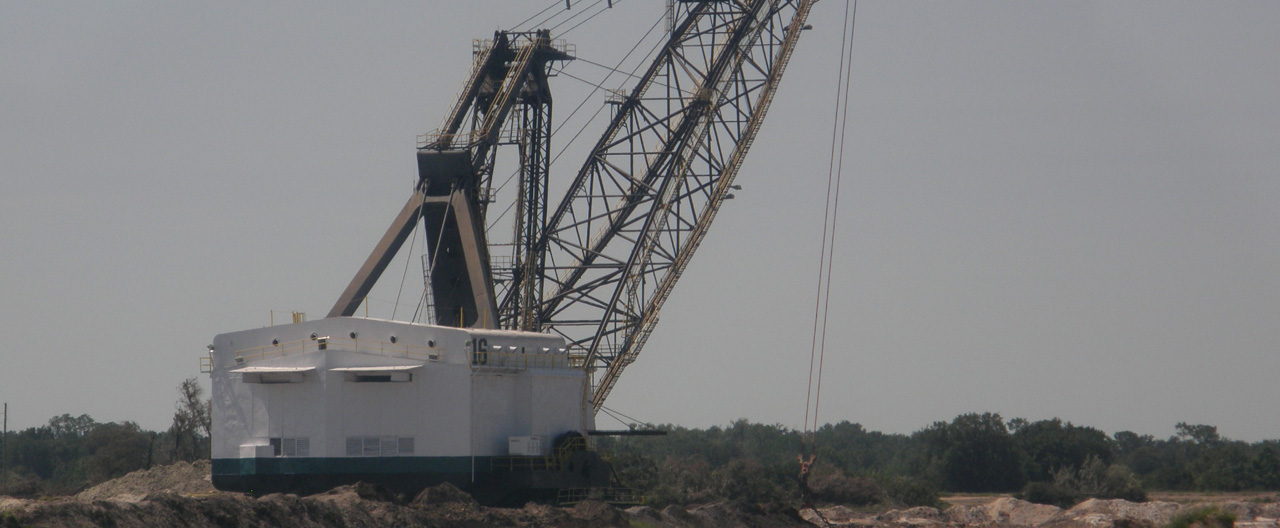Introduction to Radioactivity
Radioactivity occurs at the atomic level when an atom has too much energy.
Atoms with too much energy release that energy as “radiation.”
Radiation is energy traveling in the form of particles or bundles of energy in a wave form. Some everyday examples of the energy bundles are microwaves used to cook food, radio waves for radio and television, light, and X-rays used in medicine.
Many elements have radioactive atoms. Radioactive elements, such as the uranium found in Florida’s earth with the phosphate, have atoms with excess energy. The radioactivity of the element is the decay as the atoms spit out the excess energy. That is why you often hear experts talking about the decay of uranium when they explain why we have high levels of radon in parts of Florida. The radon is part of the natural decay chain of uranium as one radioactive atom decays to another and then another until a final stable atom is reached.
We live among natural radiation all day, everyday. In fact, humans themselves are radioactive because there are radioactive atoms in their bodies.
The radiation we are exposed to naturally is called background radiation. Two of the main kinds are cosmic radiation from beyond the atmosphere and terrestrial radiation from the ground. There are also other major sources of radioactivity found naturally in the food and water we consume and radioactive atoms in the air we breathe.
We are also exposed to a plethora of common materials that contain radioactive elements. This radiation is commonly known as “above background,” indicating that it is radiation we are exposed to in addition to that which exists in nature. This radiation comes from sources such as medical x-rays, other medical procedures and smoking.
It is not known at what level radiation becomes harmful to human health. In fact, there are some experts who believe that radiation at low levels could be beneficial.
Radiation at high levels, like that emitted in Japan after atom bombs exploded, is harmful to human health. It is uncertain how much radiation becomes dangerous.
Since we do not know with certainty how much radiation is dangerous, regulations controlling the amount of radiation that members of the public may be exposed to are constructed in a conservative manner that is “most protective” of human health.
In considering the actual risk of radiation exposure from sources like bricks, smoke detectors, medical procedures or radon, it is important to consider the risk for what it really means. For instance, knowing that a 100 MPH wind kills 100 people would not lead us to assume, or fear, that a 1 MPH wind will kill one person because we know the force of a 1 MPH wind. In the same fashion, it is best to understand the force of the radiation when considering the danger it presents.
For instance, there is a one in a million lifetime risk of death from:
- • Cancer if you smoke 1.4 cigarettes
• Cancer if you eat 100 charcoal broiled steaks
• Air pollution if you spend 2 days in New York City
• An accident if you drive 40 miles in a car
• An accident if you fly 2500 miles in a jet
• Drowning if you canoe for six minutes
• Cancer if you receive 10 mrem of radiation, which is equivalent to the dose of radiation received from two coast-to-coast, roundtrip, airline flights. To place that dose in context, the average person in the United States receives 360 mrem a year of radiation dose from natural sources.
